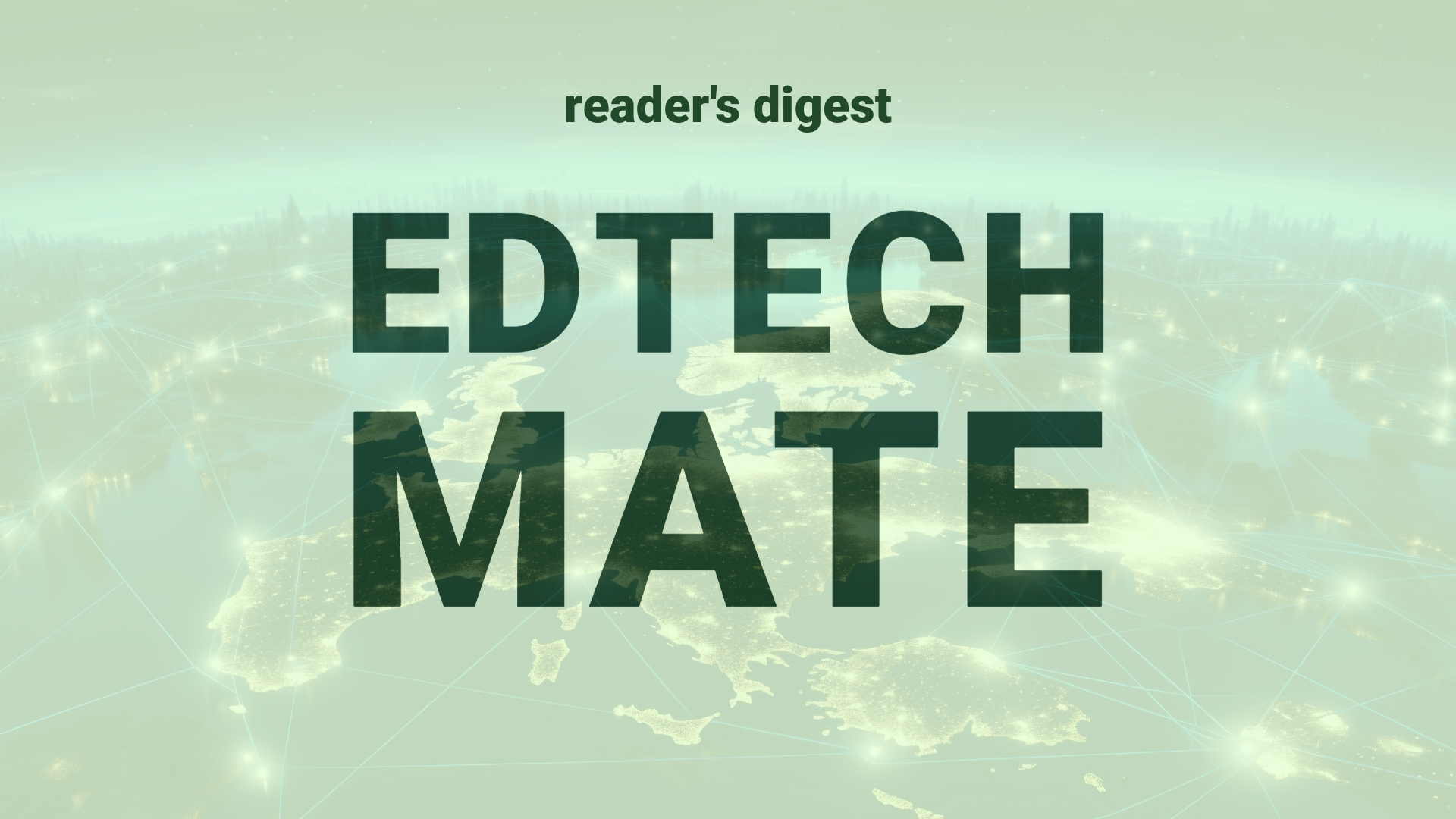Executive Summary and Main Points
Innovations in the education technology sector are increasingly shaped by digital transformation, with Microsoft’s Fabric Multi-Tenant Architecture positioning itself as a cost-effective, secure, and scalable solution for Independent Software Vendors (ISVs) managing multiple tenants. This architecture strategically integrates various data experiences such as Engineering, Factory, Science, Warehouse, and Real-Time Analytics into a shared SaaS foundation, leveraging Workspaces for tenant isolation and employing OneLake for unified data storage. The move towards serverless, usage-based pricing, and Parquet file format storage underscores the sector’s shift towards efficiency and cost-reduction. Security and regulatory compliance are central, with physical data isolation practices in alignment with Fabric’s design principles.
Potential Impact in the Education Sector
The Fabric architecture offers potential for transformative impact within Further Education and Higher Education institutions, as well as Micro-credentials providers. By adopting Workspace-based solutions, educational organizations could achieve significant enhancements in data management and reporting, ensuring compliance and security. Strategic partners might provide tailored approaches to digitalization, leveraging shared data lakes to maximize insights and minimize costs. It is also poised to streamline Micro-credentials administration, ensuring that learners’ data across different programs are kept segregated and secure.
Potential Applicability in the Education Sector
Educational institutions can apply Fabric’s architecture to generate real-time analytics for student performance, optimize administrative workflows, and personalize learning experiences. AI and digital tools within Fabric’s ecosystem might be used to automate workload allocation for academic staff and improve student engagement through data-driven insights. The ability to isolate and manage data on a per-tenant basis could further enhance privacy, a critical feature for institutions handling sensitive student information globally.
Criticism and Potential Shortfalls
While Fabric’s offerings are innovative, potential criticism might stem from its complexity and the need for specialized knowledge to implement and manage the system effectively. Comparative case studies, like those between traditional and digital-native institutions, could reveal disparities in adaptability to such a technical solution. Ethical and cultural considerations must also be addressed, as data management practices vary globally and must respect local regulations and cultural norms regarding privacy and data sovereignty.
Actionable Recommendations
For educational leaders looking to embrace these technologies, it is recommended to initiate pilot projects to assess their impact on smaller scales before wider implementation. Training should be provided to ensure that technical staff are proficient in managing multi-tenant environments. Partnerships with ISVs specialized in education technology could facilitate smoother transitions towards using platforms like Fabric. Lastly, maintaining an ongoing dialogue on ethical concerns and alignment with local regulations will be essential to successfully implementing such robust digital ecosystems.
Source article: https://techcommunity.microsoft.com/t5/fasttrack-for-azure/microsoft-fabric-multi-tenant-architecture/ba-p/4119429

